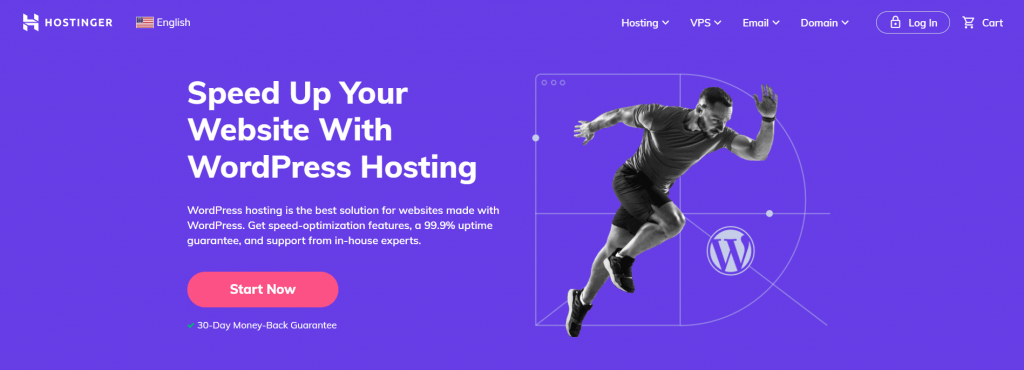Health plans and pharmacy benefit managers face myriad challenges as they try to manage specialty drug spend. To address issues such as rising drug prices, data silos, and opaque clinical and financial risk, collaboration partners are essential to create a more sustainable approach to specialty drug management. Integrating artificial intelligence (AI) and advanced analytics into these collaborations is becoming a best practice to uncover hidden cost drivers, simulate real-world impact, and predict future spend with greater precision. Nicole Bulochnik, Abarca Senior Vice President of Drug Value Strategy, explained how the healthcare and pharma sectors can work together to transform specialty drug costs.
To rein in specialty drug costs, Bulochnik emphasized that the market’s biggest hurdle is the high level of unknowns — unpredictable outcomes, limited long-term data, and uncertain patient volumes — which magnify every cost pressure already in play. Prices continue to climb as payers and hospitals shoulder exploding budgets, driven by factors such as the growing pipeline of gene therapies, aggressive revenue targets within pharma, and permissive marketing regulations. Because specialty therapies serve relatively small patient populations, manufacturers set higher prices to recover soaring R&D investment.
Drug R&D spend increased by nearly 50 percent between 2015 and 2019, according to data from the Congressional Budget Office. It can cost up to $2 billion to develop a drug.
Other factors to consider include:
- Complex utilization management – The process to develop and manage step therapies, prior authorizations, and formularies can be resource-intensive.
- Inconsistent or incomplete data from multiple sources, data silos, can complicate things further because they hamper decision-making.
- Ensuring patient adherence to treatment while minimizing waste is a constant challenge.
- High variability and unpredictability in specialty drug starts and adverse event rates, making budget management difficult.
“From our perspective, the quickest win is to stitch data together — claims, lab, genomics, and social-determinant feeds — and then let predictive models surface what really drives spend before it hits the ledger,” Bulochnik said.
“AI can now forecast not only the volume of new specialty therapy starts but also predict the likelihood of adverse events, helping plans budget more accurately and intervene sooner,” she added.
In order to create a more sustainable approach to specialty drug management, health plans, PBMs, drug manufacturers, and specialty pharmacies must collaborate and co-design unified solutions.
“Rather than relying on static data swaps, we co-develop AI-ready data pipelines and build joint analytic solutions, providing shared visibility into cost and quality drivers,” Bulochnik noted.
But the opportunity does not stop at data sharing. Innovative strategies can be built through closer collaboration among healthcare entities.
AI-tailored adherence interventions: Use AI to design patient-specific outreach strategies, limit medication waste, and activate assistance programs. Pharma partners can enhance impact by supplying additional adherence resources.
SDOH and care resource integration: Embed social determinants of health (SDOH) resources into patient models, matching individuals with programs for food, transportation, and financial support. Share insights with pharma to expand patient access initiatives.
Pharma co-innovation pilots: Develop home diagnostic or follow-up kits for patients with mobility issues, leveraging real-world data to refine specialty drug protocols.
Analytics-powered decision support: Implement systems that cross-reference clinical criteria with coverage rules and predict side effect risks, improving case management and appeals.
Comparative effectiveness modeling: Use AI to analyze clinical outcomes, financial incentives, and real-world usage to recommend the most cost-effective therapies.
Dynamic demand forecasts: Build models that anticipate specialty drug utilization spikes and enable early mitigation tactics, like negotiating pharma price protection.
Switch-readiness scoring: Apply machine learning to assess patient stability and transition readiness for biosimilar or lower-cost therapy switches.
“From there we can develop and optimize contracts maximizing traditional and value-based opportunities that tie reimbursement to patient outcomes to minimize financial risk,” Bulochnik emphasized.
“By layering AI-driven insights into collaborative frameworks, we unlock smarter, faster ways to manage specialty costs and improve patient care simultaneously,” she added.
Data analytics can provide actionable insights by predicting high-cost patients. Machine learning models can flag people likely to require specialty therapies to support proactive interventions. Health plans can track real-time medication adherence by patients and correlate adherence gaps with projected downstream cost, enabling just-in-time outreach that averts avoidable complications.
With the costs of specialty drugs expected to rise, coupled with the NIH cuts to clinical research funding, collaboration between healthcare and pharma sector companies and organizations will be critical to prevent specialty drug prices from spiraling out of control. Leveraging AI and a shared commitment to innovation will separate the leaders from the laggards in specialty drug management moving forward.
Photo: Vithun Khamsong, Getty Images






